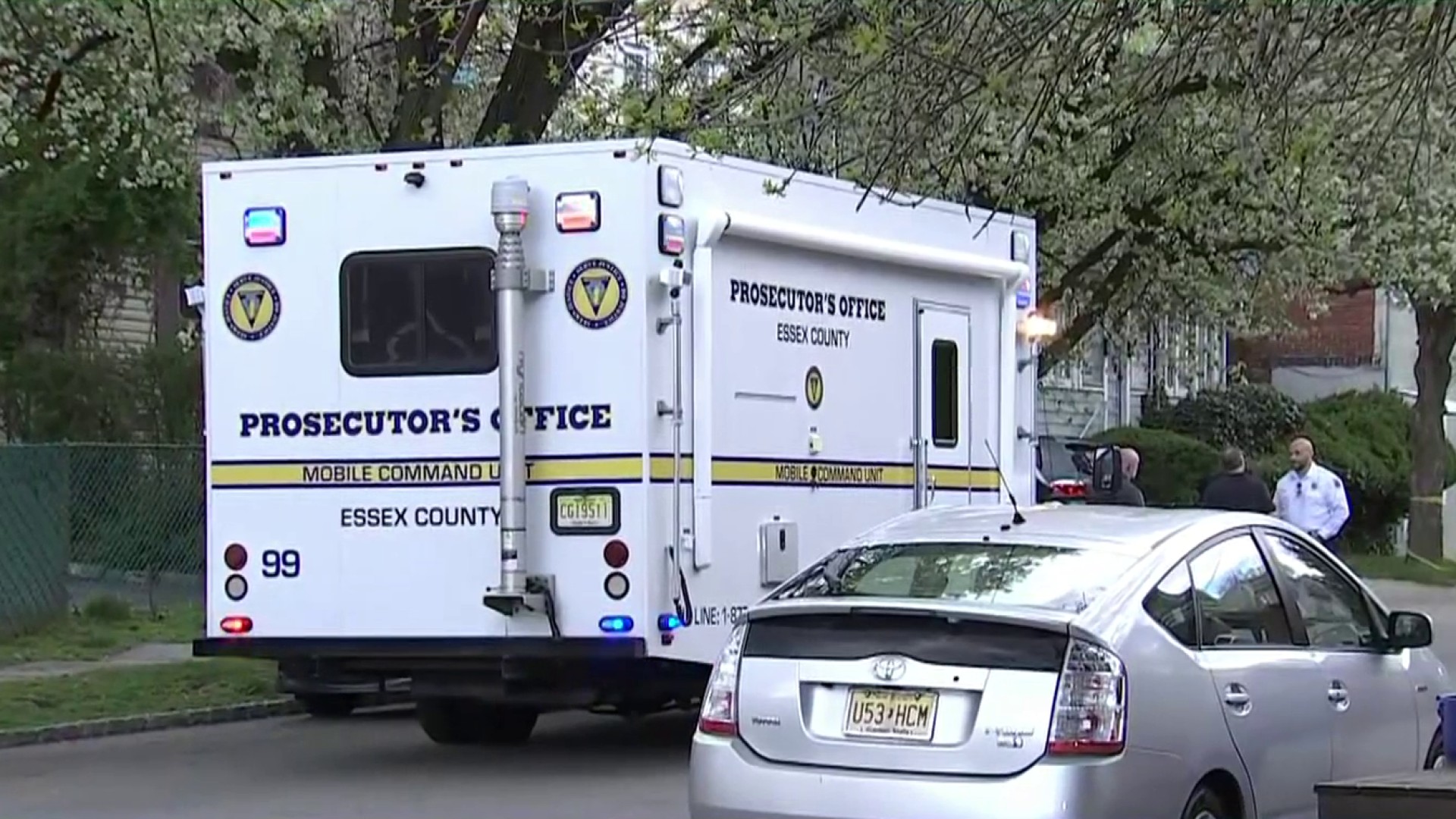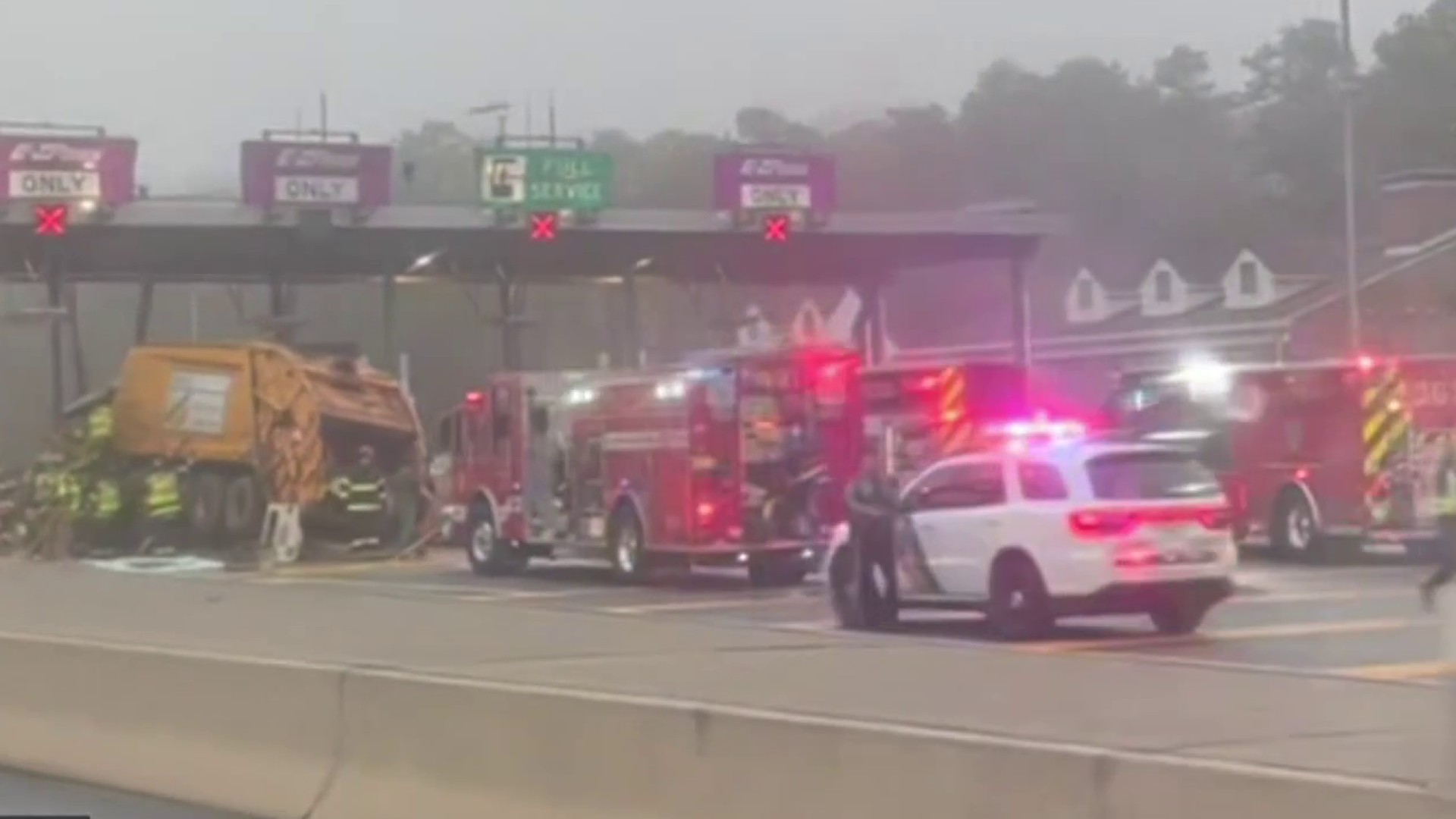What to Know
- New York's COVID hospitalizations have topped 7,900 and are at their highest level since May 7; early post-holiday data shows alarming positivity rate jumps, though Gov. Cuomo wants further study
- In New Jersey, the increases have been less stark as of late; weekly hospitalization and death averages are up 2 percent and 1 percent respectively over the last 14 days, New York Times data shows
- The CDC says two COVID-19 variants, one identified in the U.K. and one in South Africa, both appear more transmissible than the earlier strain; there's no evidence either causes more severe infection
New York eclipsed 30,000 confirmed coronavirus deaths Thursday, a tragic end to a year no one who lives in the state -- or anywhere, for that matter -- will remember fondly.
And on the last day of the year, the state also set a new record with nearly 17,000 positive tests -- 25 percent higher than the old daily high-water mark.
The five boroughs are particularly anxious to usher out 2020 -- a year wrecked by staggering human and financial loss that continues to mount daily.
Even as New York City looks forward to a more hopeful 2021, its COVID positivity rate has climbed since late September, and steadily soared over the last month. By Thursday, the seven-day positivity rate was 8.87 percent, yet another recent high, as the rolling hospitalization rate climbed to 3.93 per 100,000 residents.
Hospitalizations the last seven days are up 15 percent over the previous month's weekly average, city data shows, while deaths are up 15 percent in the same time. New cases are up less than 4 percent by the same standards, which suggests the lagging effect on hospitalizations and fatalities may be starting to hit its peak.
To date, the city has seen at least 25,000 deaths, by New York Times data, and may have thousands more attributable to it; Brooklyn and Queens remain the third- and fourth-deadliest COVID counties in the entire country. The city's first COVID death was reported on March 14. In his final COVID briefing of 2020, Mayor Bill de Blasio announced March 14, 2021 will be a day of remembrance.
"We need to recognize 25,000 of our fellow New Yorkers gone -- that's something we have to always mark going forward," de Blasio said. "We got to remember them by 1) being there for their families, by 2) honoring those who did so much to try to save them, and 3) by working to make this city better all the time in their memory."
News
He also pleaded with New Yorkers Thursday to do what they can to curb what Gov. Andrew Cuomo declared a day earlier to be an "apparent post-holiday increase" in just a few days. The true impact will take weeks to fully materialize -- but in just the last 10 days, more than 117,000 New Yorkers have tested positive.
That's 12 percent of all the positive tests since the pandemic started.
Statewide, hospitalizations are on the brink of 8,000. They haven't topped that number since May 7. How high will they climb? And how many more lives will be lost in the process?
Despite all the talk this month of yet another shutdown for New York City, that has not happened. Mayor Bill de Blasio, who emphasized the need for it in virtually every briefing for nearly two weeks, has ceased his pleas since a briefing in which Cuomo put a theoretical $100 wager on no new shutdown being levied in January.
Daily Percentage of Positive Tests by New York Region
Gov. Andrew Cuomo breaks the state into 10 regions for testing purposes and tracks positivity rates to identify potential hotspots. Here's the latest tracking data by region and for the five boroughs. For the latest county-level results statewide, click here
Source: ny.gov
He believes hospitals can manage the increase and New Yorkers can mitigate it. So far, no hospital has notified the state it is on pace to hit 85 percent capacity within 21 days, which would begin to churn the shutdown mechanisms.
Still, New York will enter the new year facing a number of uncertainties. At the top of that list -- two new, more contagious viral strains that have not yet been detected in the tri-state area but likely are already here, according to officials.
Cuomo has ordered hospitals across the state to test for the U.K. variant, which was first detected in the U.S., in Colorado, this week. That state is already investigating its second suspected case. California has now found one, too.
While evidence indicates that variant and the new strain identified in South Africa earlier this year are more transmissible, there's no indication that either causes more severe infections or higher death rates. Vaccines are expected to work.
And New York City has an aggressive goal -- to vaccinate 1 million residents in January alone. While it's a lofty goal, it's a necessary one, de Blasio said, adding he was concerned new variants could intensify the infectiousness of the disease.
"The bottom line is to get out there and vaccinate," the mayor told CNN.
“We need to go into overdrive now,” the mayor said at his regular briefing. “We need every day to speed up and reach more and more people.”
New York City's top doctor, Dave Chokshi, said Thursday the five boroughs plan to double access points to vaccine over the next month. The city will launch its first dedicated vaccine hubs in the coming weeks, he said. Those hubs will be everywhere from school gymnasiums to pop-up clinics to help hit the million goal.
As long as the federal government holds up its end of the supply chain, Chokshi and de Blasio say they will be able to meet that aggressive objective. Deputy Mayor Melanie Hartzog said officials also plan to double the city’s 150,000-dose-a-week capacity over the course of January.
"This would be like our flu campaign in overdrive," Chokshi said.
While vaccination programs, which many have dubbed the "light at the end of the tunnel," are well underway, tri-state officials acknowledge the goal of "herd immunity" is likely at least half a year away, if not longer. It could be a lot longer.
When Could I Get the Vaccine?
Answer the questions to calculate your risk profile and see where you fall in your county's and state's vaccine lineup. This estimate is based on a combination of vaccine rollout recommendations from the CDC and the National Academies of Sciences, Engineering, and Medicine.
For a more detailed breakdown of who is included in each priority group, see this methodology.
Source: the Vaccine Allocation Planner for COVID-19 by Ariadne Labs and the Surgo Foundation
Interactive by Amy O’Kruk/NBC
The race to large-scale vaccination of the general public couldn't be more urgent, with the economic and human tolls of this nearly year-long pandemic in the U.S. already incalculable and still mounting by the day.
Nationally, December has been the deadliest and most infectious month of the pandemic in the U.S. to date, a fate that experts had warned of months ago amid concerns about colder weather prompting more indoor activity and holiday travel.
To date, more than 345,000 have died and confirmed infections have topped 20 million. All in all, a virus that was just beginning to make global headlines this time last year has now killed more than 1 in every 1,000 Americans.



